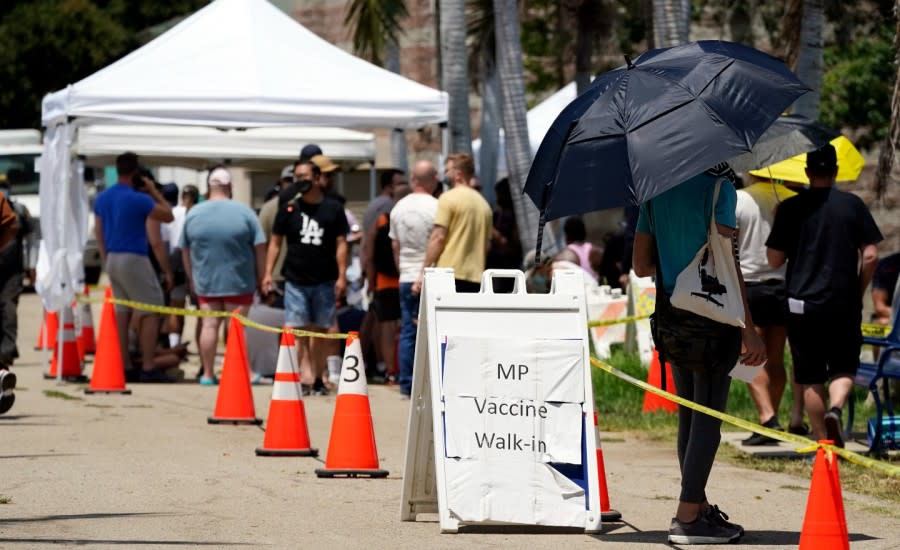What you should know about monkeypox symptoms

Story at a glance
There are more than 6,000 cases of monkeypox in the U.S.
Monkeypox virus can cause a range of symptoms like fever, skin lesions and headache.
A recent paper details symptoms of more than 500 cases from 16 countries.
There have been 6,326 cases of monkeypox infection reported in the U.S., according to the Centers for Disease Control and Prevention. In a paper published in the New England Journal of Medicine, researchers compiled information about symptoms from 528 monkeypox virus (MPV) infections from 43 sites in 16 countries during the time period of April 27 to June 24 this year.
Overall, 95 percent of the people with infections had rashes or skin lesions, with 64 percent having fewer than 10 lesions. Seventy-three percent had lesions in the genital area, and 41 percent had lesions in the mouth. Fifty-five percent of people had lesions on their torso, arms or legs. Lesions were present on the palms and soles in 10 percent of cases. A small number of people, 54, had a single genital lesion. There were no deaths among the patients.
Patients also reported fever (62 percent), lethargy (41 percent), muscle soreness (31 percent) and headache (27 percent) as symptoms.
For 23 of the cases, there was information about exposure history that showed that incubation period could range from three to 20 days. The researchers estimate that the median incubation period was seven days.
Seventy people, which make up 13 percent of cases, were hospitalized, the main reason being for pain management. Eighteen people had soft tissue superinfections.
MPV is spread mostly through close physical contact. This study notes that virus was found in seminal fluid in 29 of 32 samples that were tested, however there isn’t enough known about the virus transmission to say whether it can be transmitted through body fluids. As epidemiologist Katelyn Jetelina says in her newsletter, “Current data shows that MPV transmission can occur in multiple ways, but what is possible is not always probable. Epidemiological data shows very close and prolonged exposure absolutely dominating transmission networks.”
For the latest news, weather, sports, and streaming video, head to The Hill.

